The characteristics of the Coffee producing area Story of Yega Sheffield Wauka Co-operative Coffee Co-operative Coffee producing area
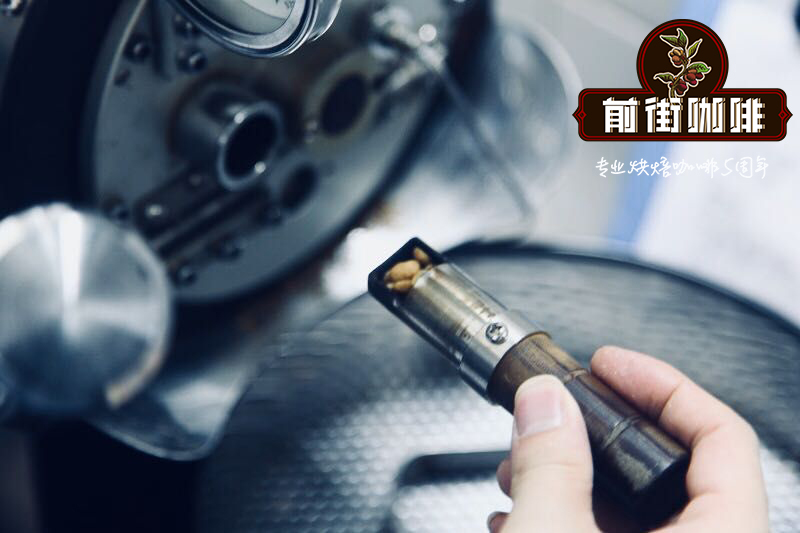
Professional coffee knowledge exchange more coffee bean information please follow the coffee workshop (Wechat official account cafe_style)
Today, Qianjie wants to share a cup of coffee suitable for beginners, Yega Xuefei's woka. Waka Coffee comes from the small town of Werka in southern Ethiopia and produces high-quality Yega Chuefei coffee, characterized by fresh and elegant floral aroma and clean and bright acidity. Coffee is mainly grown by more than 700 local small farmers, using the traditional washing and sun treatment, because the flavor and taste of Waka coffee is outstanding with the characteristics of producing areas, which makes it one of the representatives of Ethiopian boutique coffee. Why the rich flavor of Waka is so lovable, Qianjie believes that to a large extent, it is closely related to the cooperation of farmers, the careful harvest of coffee and the rigor of handling. Yega Xuefei has always been an indispensable producing area of boutique coffee and a treasure place in the coffee industry. if one day Yega Xuefei's coffee is no longer so charming, then Qianjie believes that the development of boutique coffee will slow down.
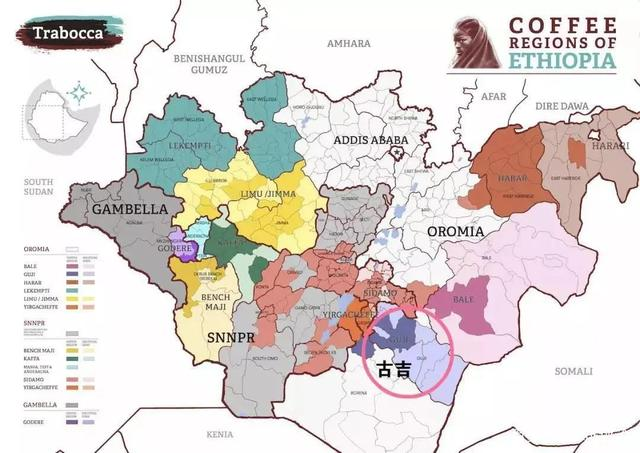
Yirgacheffe is located in the Gedeo region of southern Ethiopia. The well-known jurisdiction of this area is Yegashafi and Kochere, which is at an altitude of 1700-2100m. It is one of the highest coffee producing areas in the world and is synonymous with Ethiopian boutique coffee. The Rift Valley, represented by Misty valley, is foggy all the year round, like spring all the year round, with a gentle breeze, cool and humid, and thousands of coffee trees thrive, giving birth to the unique and unpredictable atmosphere of Yejia Xuefei's unique fragrance of flowers and fruits.
Most of the coffee cultivation of [Yega Xuefei] belongs to the pastoral coffee model, in which coffee farmers plant coffee trees near their living areas and harvest them during the harvest season. it is then sent to a nearby treatment plant built on water for unified treatment (or purchased by a middleman). In addition to a small number of plantations that have the strength to grow, pick and handle raw coffee beans independently, many coffee beans from different regions and varieties will be centrally processed by the processing plant and then sent to the auction house for official evaluation and grading. This is why we often see that Ethiopian coffee beans are named after processing plants or cooperatives.
Why is it called Waka?
The Waka Cooperative is under the control of the YCFCU Cooperative Union. Founded in 2005, the Waka Cooperative is located in a remote area of the Yega Snow Coffee producing area, 75 kilometers away from the local coffee distribution center Dilla. The external road is in poor condition, with 20 kilometers of dirt roads from the cooperative to the main tarmac road. The cooperative is made up of 305 farmers, with a planting area of about 763 hectares and an annual output of nearly 460 tons. Because no chemical fertilizers or pesticides are used in coffee cultivation, Waka farmers have also obtained the Skal organic coffee certification recognized by the European Union.
More than half of the coffee grown in Ethiopia belongs to the Garden Coffee type. Courtyard coffee means that small coffee farmers grow coffee in a small area in their backyard, with an average planting area of 0.5 to 1.5 hectares per household, with coffee as the main cash crop. In addition, miscellaneous grain crops such as plantains are planted as shade and food. Each farmer is not only self-sufficient in grain, but also produces coffee beans in exchange for other daily necessities. This mode of production, coupled with the local unique native tree species coffee garden, makes the flavor of each batch of coffee beans different and quite unique. Qianjie Coffee buys this batch of Yega Schiffe-Waka, using the traditional washing method. It has a typical water washing Yega snow coffee tone, and the distinct floral, dry and wet aromas all have a strong citrus flavor.
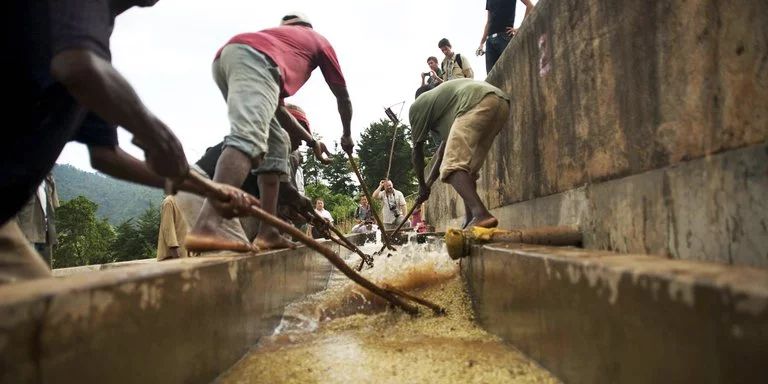
Washing treatment method
Screening coffee cherries-removing pulp-fermentation-washing-drying-shelling
Put the selected coffee cherry into the peeling machine and initially remove its skin and pulp; put the coffee beans with residual pectin into water and let them ferment for about 24 hours; after fermentation, wash the coffee beans with parchment in a flow tank to remove their pulp and pectin; dry the coffee beans after cleaning or dry them with the help of a dryer to reduce the moisture content to about 12%. Finally, remove the parchment of raw coffee beans.
Roasting Analysis of Qianjie Coffee
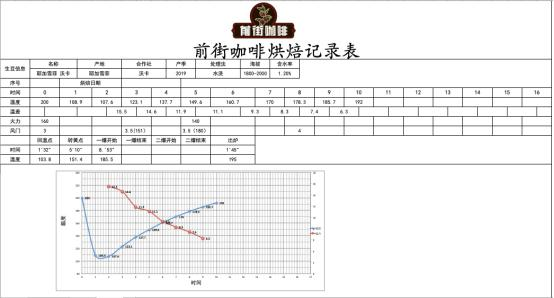
The temperature of the first explosion is 185.5 ", and the temperature of the furnace is 45" after the first explosion. The temperature is 195 ℃.
Front Street Coffee Yega Shifeiwaka Color value
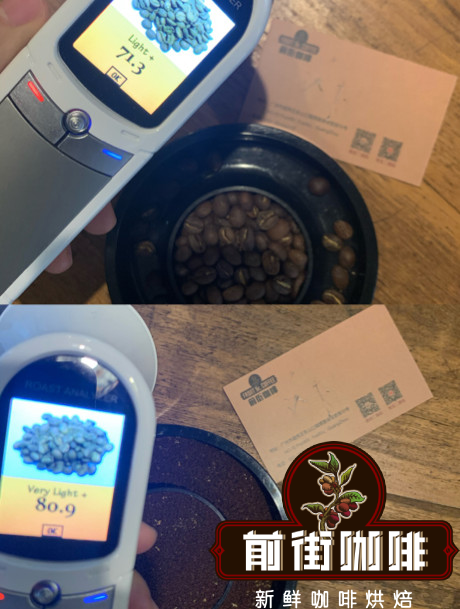
Agtron bean color value 71.3 above), Agtron pink value 80.9 (bottom figure), Roast Delta value 9.6
Yega Shirley Favoca washing
Country: Ethiopia
Producing area: Yega Xuefei
Altitude: 1850-2100m
Treatment: washing treatment
Grade: G1
Variety: Heirloom
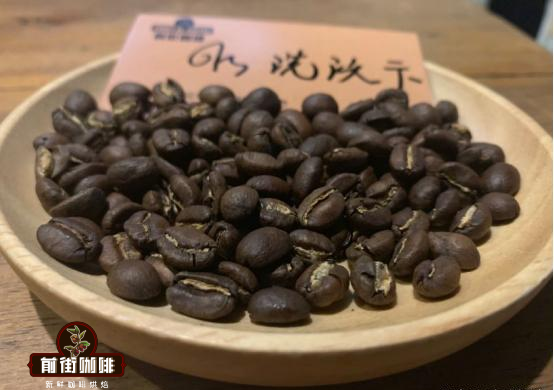
Qianjie coffee brewing parameters
Recommended cooking method: hand filter cup: Hario V60 water temperature: 90 ℃ powder quantity: 15g powder / water ratio: 1:15 grinding degree: medium fine grinding (BG 6s: Chinese standard No. 20 sieve pass rate 80%)
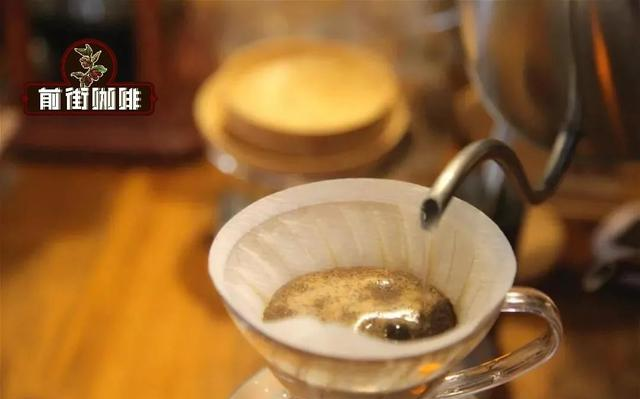
Cooking technique: staged extraction-the first stage water injection is steamed with 30 grams of water for 30 seconds, the second stage water injection is carried out when small water flow is injected around the circle to 120 grams, and when the water level is about to be exposed to the powder bed, the third stage continues to inject water to 225 grams to stop water injection, remove the filter cup when the water level drop is about to reveal the powder bed, (the time of steaming starts) the extraction time is 2 grams 3910 ".
Flavor description: there are lemon, plum and Tieguanyin in the entrance. Under the change of temperature, the caramel taste is obvious, the acidity is bright, and the taste is obvious.
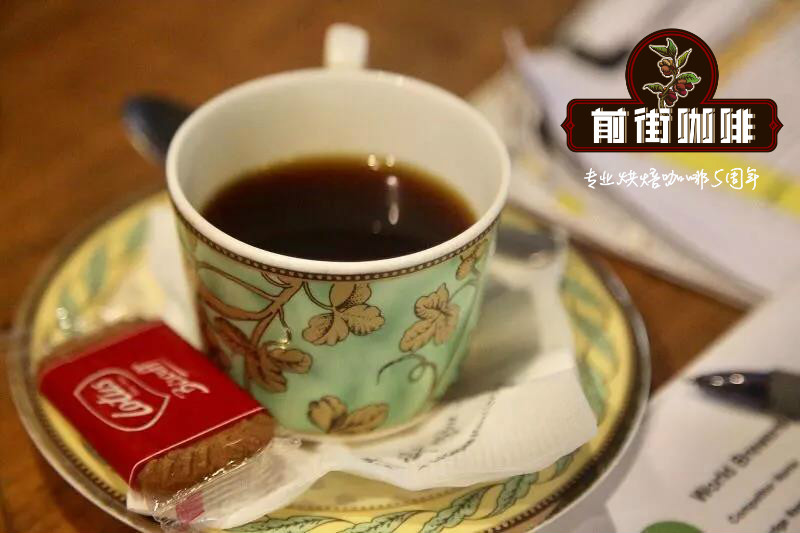
For more knowledge of boutique coffee, please add private Wechat Qianjie Coffee WeChat account: kaixinguoguo0925
Important Notice :
前街咖啡 FrontStreet Coffee has moved to new addredd:
FrontStreet Coffee Address: 315,Donghua East Road,GuangZhou
Tel:020 38364473
- Prev
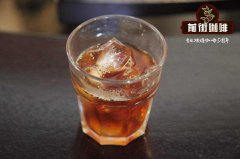
Is the Yemeni mocha coffee good? What kind and variety? Flavor and characteristics?
Is the Yemeni mocha coffee good? What kind and variety? Flavor and characteristics? Although it is very difficult to grow coffee in Yemen, Yemen produces the best coffee in the world, and this practice has been going on for hundreds of years. Only 3 per cent of Yemen's land is considered arable, of which less than 1/4 is used for coffee production. As a cash crop, coffee is second only to qat.
- Next
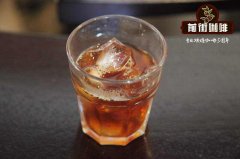
Is the mocha good? Is the mocha in Matali producing area treated by the sun? Flavor?
Is the mocha good? Is the mocha in the Matali area tanned? Are mochas the best to drink? Although it is very difficult to grow coffee in Yemen, Yemen produces the best coffee in the world, and this practice has been going on for hundreds of years. Only 3 per cent of Yemen's land is considered arable, of which less than 1/4 is used for coffee production. As a cash crop, coffee
Related
- Detailed explanation of Jadeite planting Land in Panamanian Jadeite Manor introduction to the grading system of Jadeite competitive bidding, Red bid, Green bid and Rose Summer
- Story of Coffee planting in Brenka region of Costa Rica Stonehenge Manor anaerobic heavy honey treatment of flavor mouth
- What's on the barrel of Blue Mountain Coffee beans?
- Can American coffee also pull flowers? How to use hot American style to pull out a good-looking pattern?
- Can you make a cold extract with coffee beans? What is the right proportion for cold-extracted coffee formula?
- Indonesian PWN Gold Mandrine Coffee Origin Features Flavor How to Chong? Mandolin coffee is American.
- A brief introduction to the flavor characteristics of Brazilian yellow bourbon coffee beans
- What is the effect of different water quality on the flavor of cold-extracted coffee? What kind of water is best for brewing coffee?
- Why do you think of Rose Summer whenever you mention Panamanian coffee?
- Introduction to the characteristics of authentic blue mountain coffee bean producing areas? What is the CIB Coffee Authority in Jamaica?

